Every so often, you come across a piece that you know you’re just meant to have. Sometimes it’s immediate, and you splurge and buy it. Sometimes you’re not that lucky, and you miss the opportunity. Take solace in the knowledge that eventually, it will find its way back to you.
This curious piece came up for sale, and at the time I didn’t have the money for it. It was purchased by a member of the Immortal Geisha forums, and I happily admired it from a distance, when she posted photos of herself wearing it. Time passed, and she got engaged, and sadly had to sell parts of her collection to fund the wedding. This time, I was ready. I swooped in like a bat in the night (can you tell the mood of the kimono is rubbing off on me? Either that, or the fact that I am currently watching Batman: The Brave and the Bold while writing this) and snapped it up when she put it up for sale.
Damn, was it ever worth the wait. I am fascinated by this kimono. It’s got swirly wrought iron gas lamps, Victorian-style buildings, and what appear to be a series of small grave markers. It reminds me of London in the late nineteenth century.
I wonder if the artist who designed and painted this piece had the same scenes in mind – and if so, what possessed them to make such an odd and unexpected kimono? If not, what were they trying to evoke with this piece, and what would I see if my Western-minded bias were not getting in the way?
Sadly, I’ve not had the opportunity to wear this yet. The woman I bought it from bundled it with a funky shimmery blue-green obi that has a pattern reminiscent of paving stones, and they coordinate very well, but I can’t help think this kimono would look particularly amazing with my equally weird blackbird obi. Crows flying over London, surveying their territory. Hopefully I’ll be able to get the obi re-lined soon, and be able to put together an outfit that does both pieces justice.














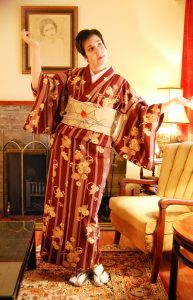
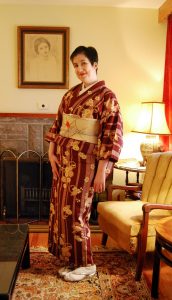
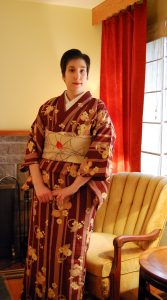
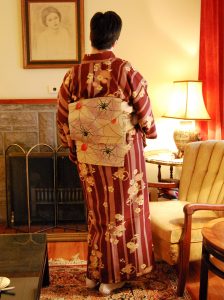
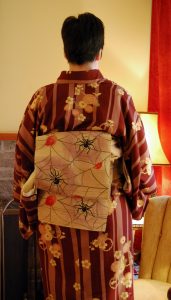
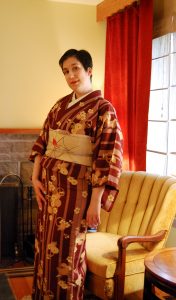
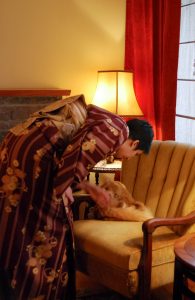
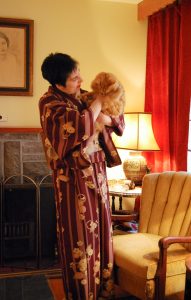
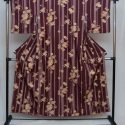
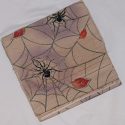
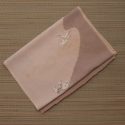
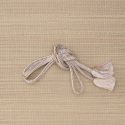

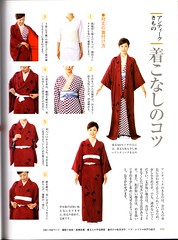
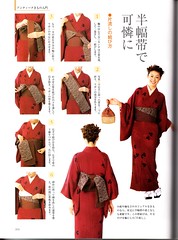












 Bebe Taian
Bebe Taian CHOKO Blog
CHOKO Blog Gion Kobu
Gion Kobu